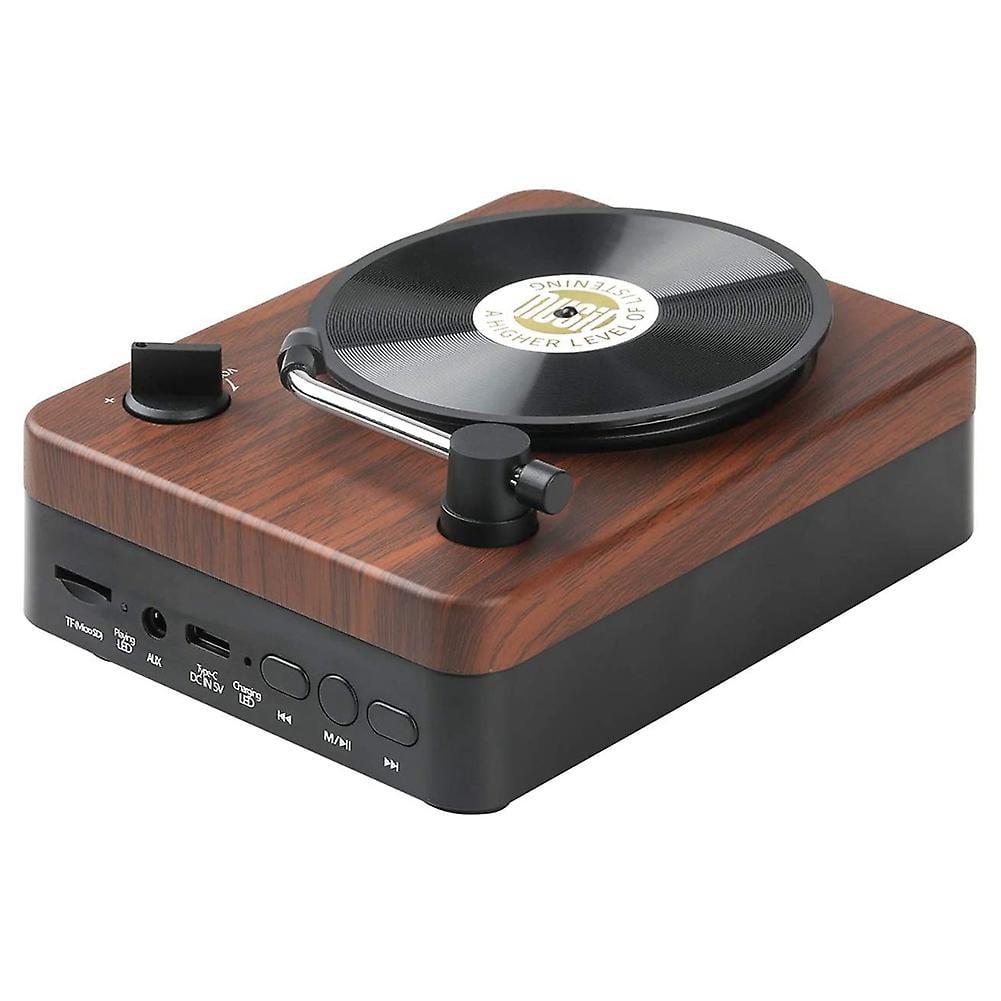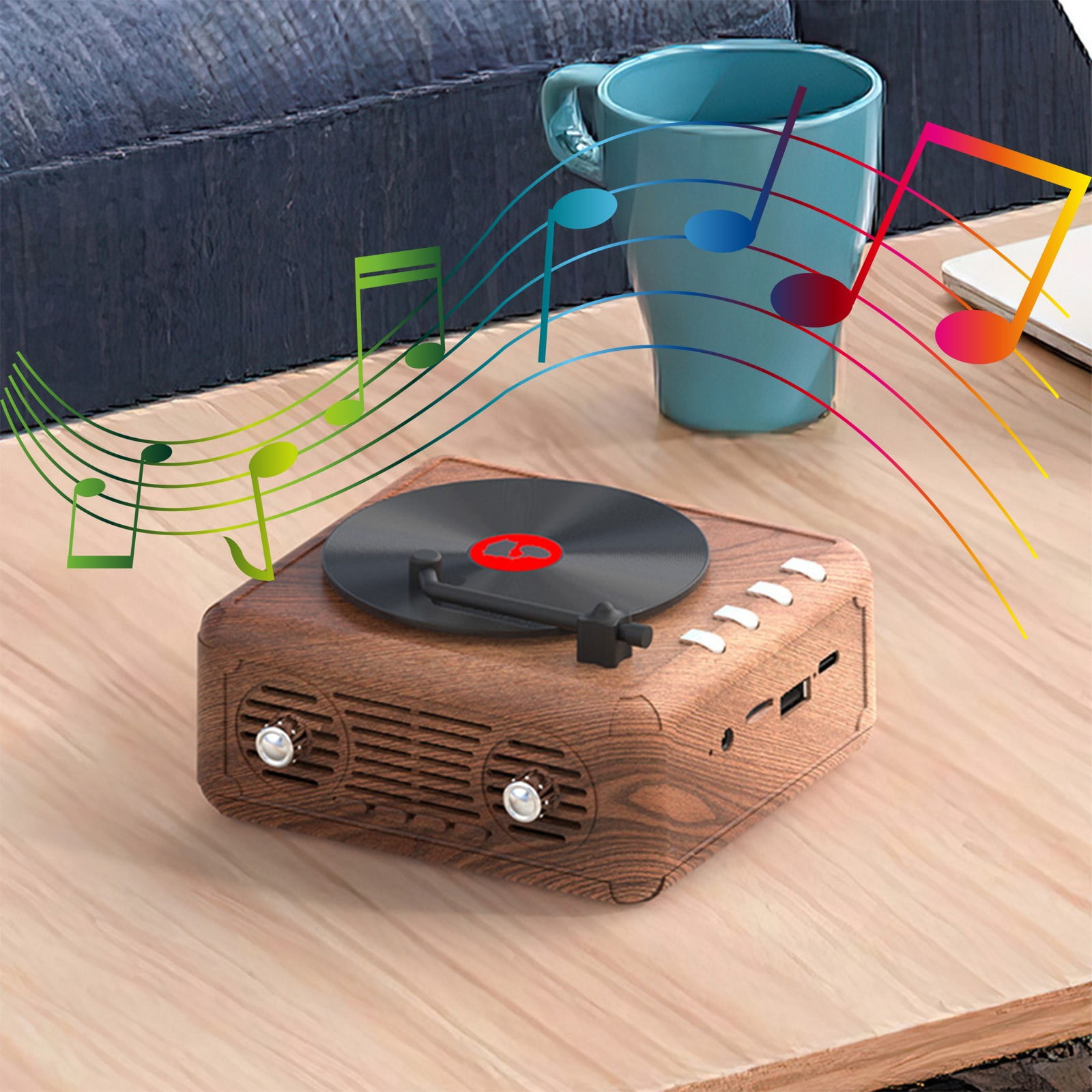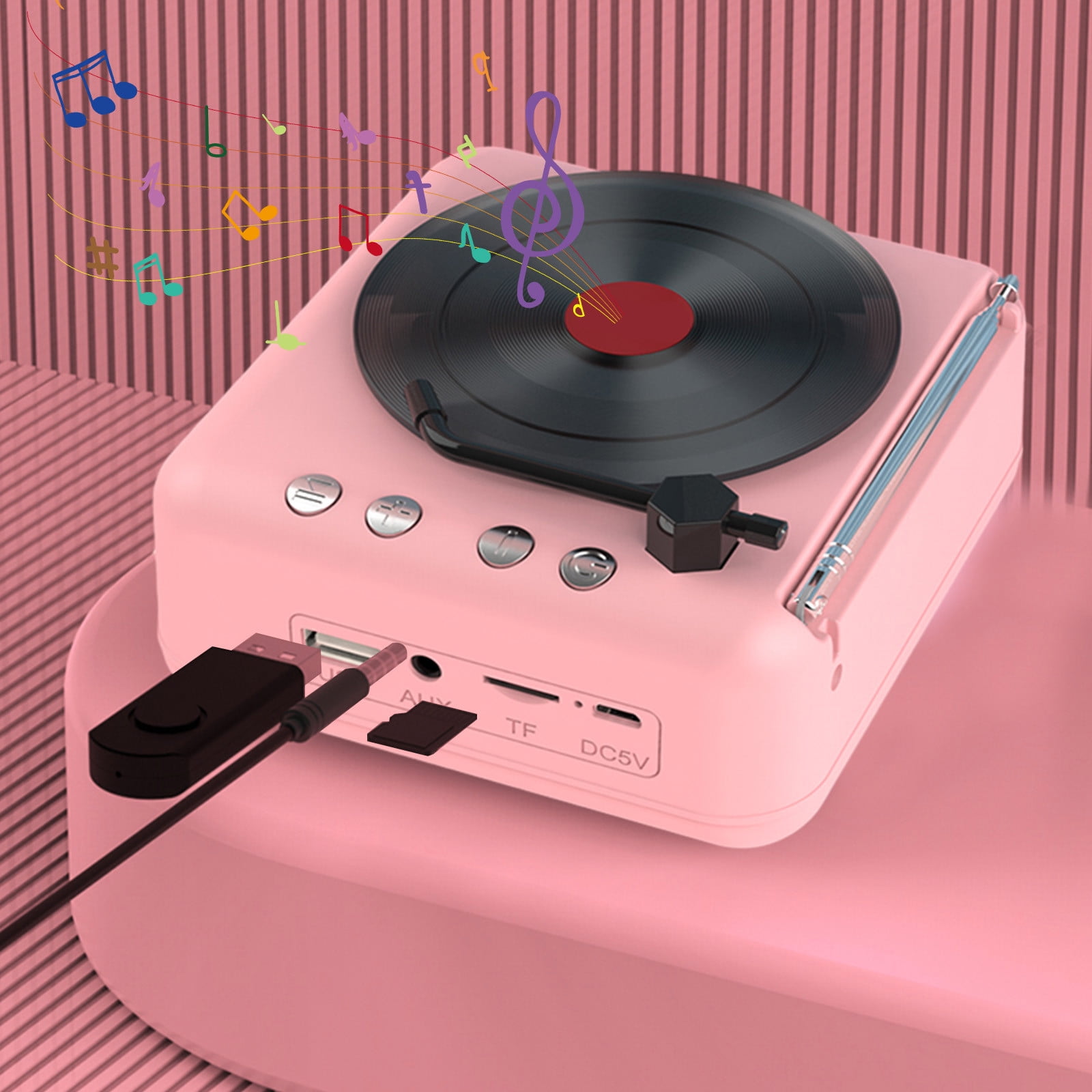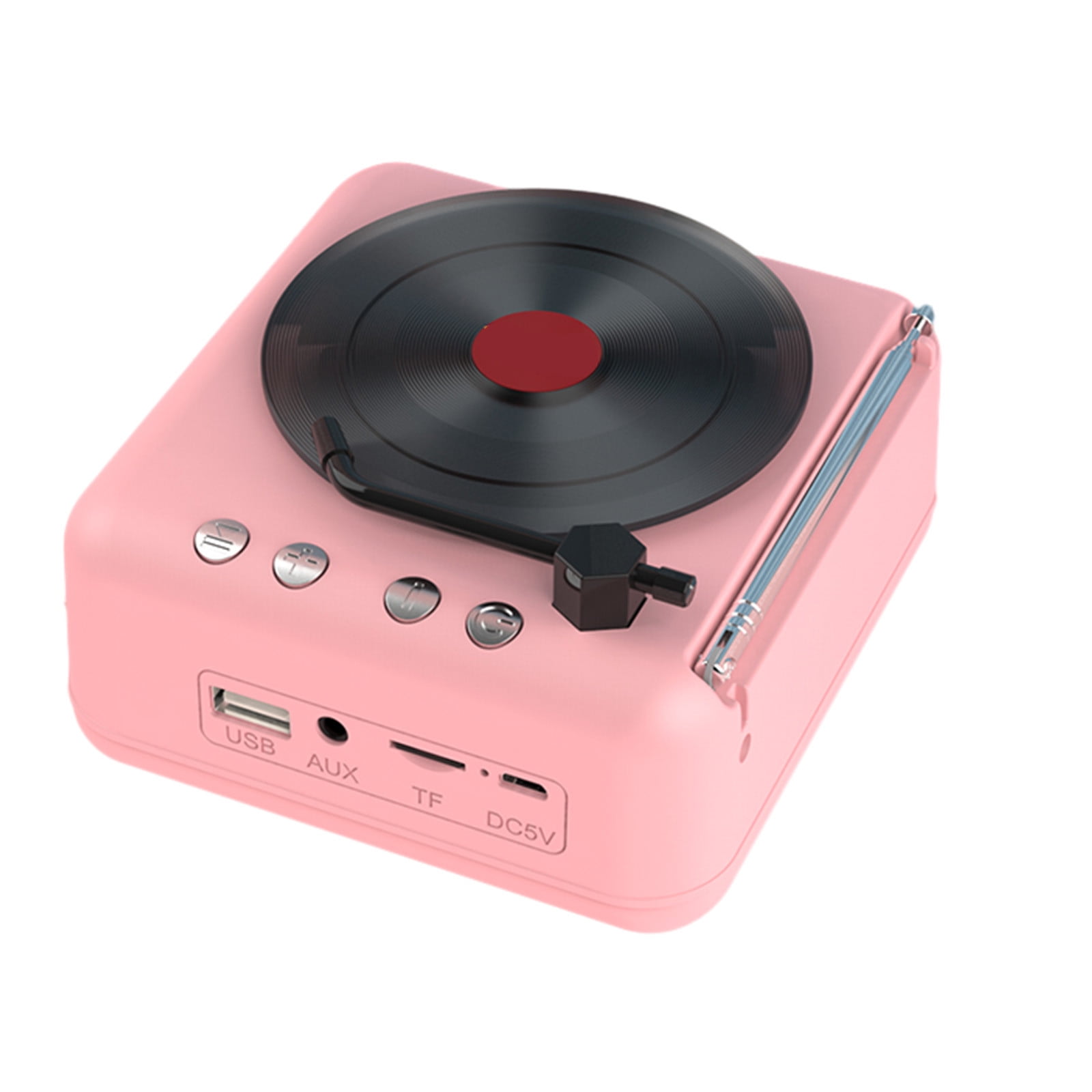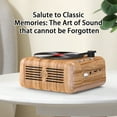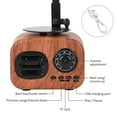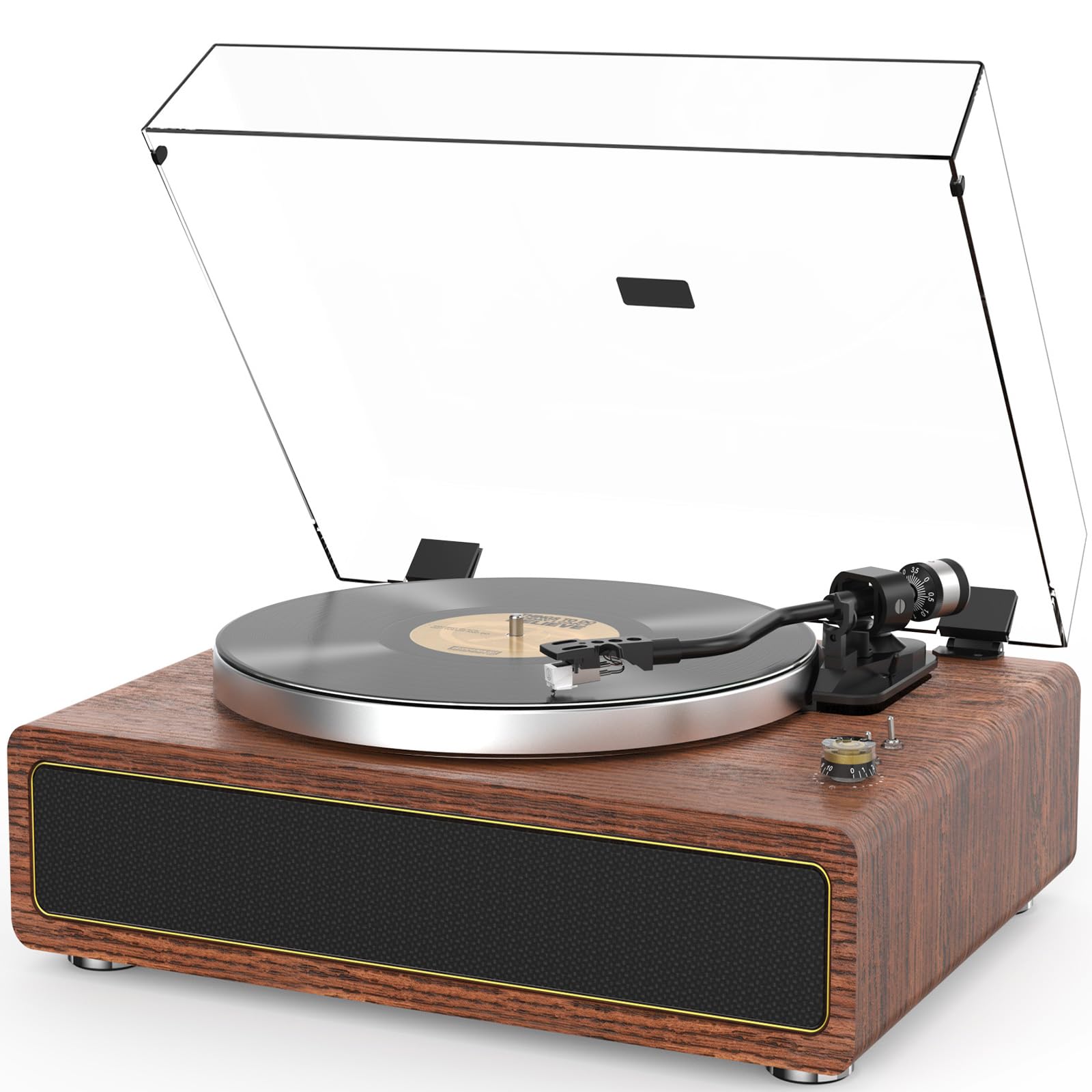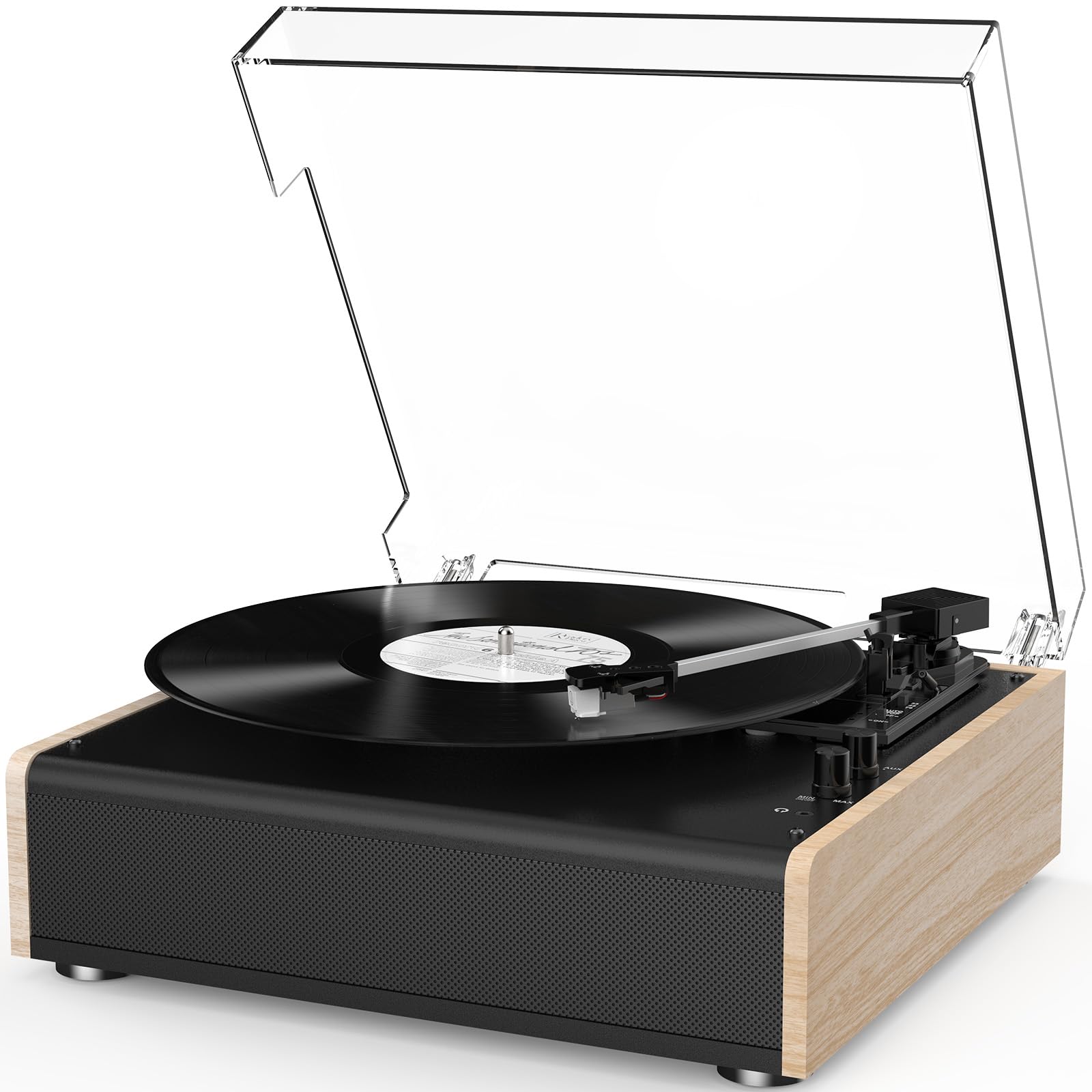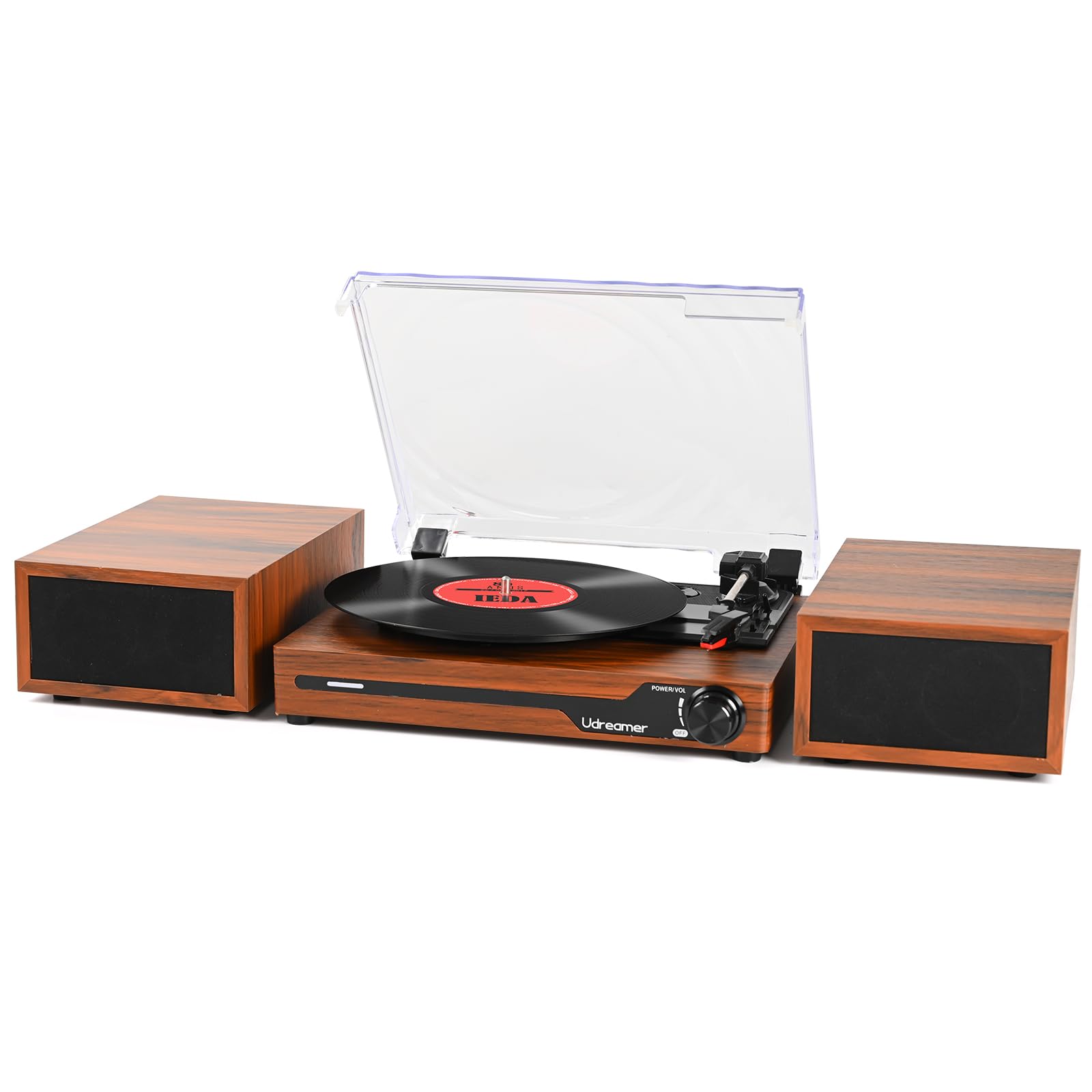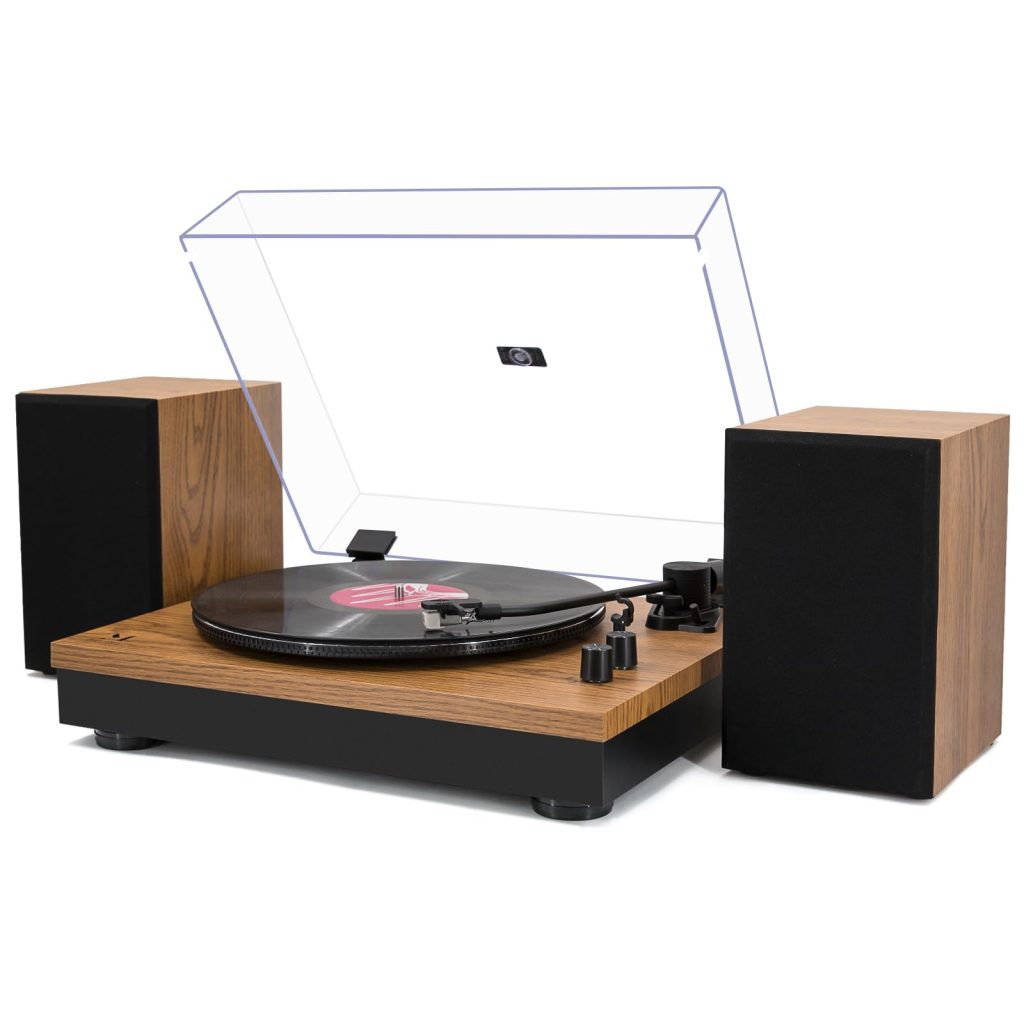Wireless Speakers For Record Player
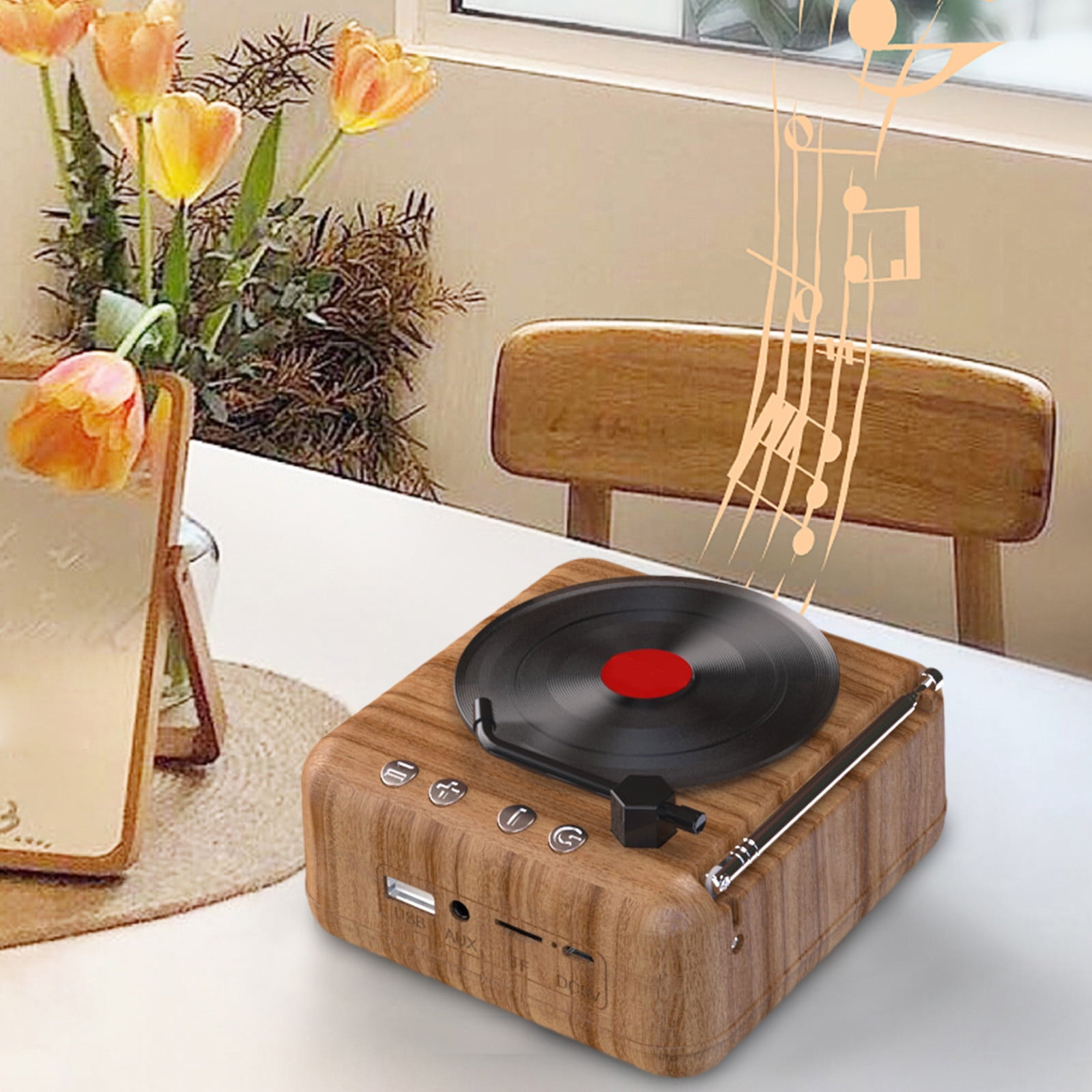
The resurgence of vinyl records continues to defy expectations, but a persistent question plagues many audiophiles: how to bridge the gap between vintage sound and modern convenience? The answer, increasingly, lies in wireless speakers.
Despite the analog charm of turntables, many listeners crave the flexibility of wireless audio. This article explores the growing trend of pairing record players with wireless speakers, examining the technology involved, the benefits and drawbacks, and the evolving landscape of audio equipment designed to satisfy both purists and pragmatists.
Understanding the Technology
Connecting a turntable to wireless speakers isn't always straightforward. Most turntables output an analog signal, while wireless speakers require a digital signal.
The key component is often a phono preamplifier. Some turntables have a built-in preamp, allowing direct connection to some wireless speakers with analog inputs. Others require an external preamp to boost the signal to a line level suitable for input into a transmitter or powered speaker.
Bluetooth connectivity is the most common wireless solution. More audiophile-focused options include Wi-Fi streaming using protocols like Apple AirPlay or Google Chromecast, offering higher bandwidth and potentially better sound quality.
The Role of Bluetooth Transmitters
For turntables without built-in Bluetooth, a Bluetooth transmitter acts as an intermediary. It receives the analog signal from the turntable (or preamp) and converts it into a digital signal for transmission to the wireless speakers.
However, Bluetooth codecs vary in quality. SBC is the standard codec, but aptX, aptX HD, and LDAC offer higher resolution audio transmission, provided both the transmitter and receiver support them.
Selecting a transmitter that supports higher-quality codecs is crucial for minimizing signal degradation and maximizing the listening experience, according to audio experts at What Hi-Fi?.
Benefits and Drawbacks
The primary benefit of using wireless speakers with a record player is convenience. Listeners can place speakers anywhere within range, eliminating the constraints of speaker wires and traditional stereo setups.
Wireless setups can also be more aesthetically pleasing, reducing clutter. This is particularly attractive for those with limited space or who prefer a minimalist décor.
However, there are potential drawbacks. As Stereophile magazine points out, Bluetooth transmission can introduce some degree of signal compression, potentially affecting the fidelity of the analog sound.
Another challenge is latency. Bluetooth can introduce a slight delay, which might be noticeable when comparing the sound to a wired connection. Wi-Fi solutions often offer lower latency.
Cost is also a factor. While affordable Bluetooth speakers are readily available, higher-quality wireless systems with better codecs and Wi-Fi capabilities can be significantly more expensive.
The Evolving Market
The audio industry is responding to the demand for seamless integration of vinyl and wireless technology. Manufacturers are increasingly offering turntables with built-in Bluetooth transmitters.
Companies like Audio-Technica and Sony produce turntables with Bluetooth connectivity, simplifying the setup process. Similarly, several speaker brands are designing models with dedicated phono inputs and support for high-resolution wireless streaming.
There's also a growing market for "active" wireless speakers, which combine amplification and wireless connectivity into a single unit. These are particularly well-suited for turntable setups, eliminating the need for a separate amplifier.
Perspectives from Audiophiles
The audiophile community is divided on the merits of wireless vinyl setups. Some purists argue that any form of wireless transmission compromises the integrity of the analog signal. They maintain that wired connections offer the best possible sound quality.
Others, however, embrace the convenience of wireless technology. They argue that advancements in Bluetooth codecs and Wi-Fi streaming have minimized the sonic compromises. They prioritize the flexibility and aesthetic benefits of wireless setups, claiming that the difference in sound quality is often negligible for casual listening.
According to a recent survey by the Recording Industry Association of America (RIAA), while vinyl sales continue to rise, a significant portion of listeners also consume music through streaming services. This suggests that many audiophiles are comfortable with a hybrid approach, enjoying both the tactile experience of vinyl and the convenience of digital audio.
Looking Ahead
The future of vinyl playback likely involves greater integration with wireless technology. As Bluetooth codecs improve and Wi-Fi streaming becomes more ubiquitous, the sonic compromises will continue to diminish.
Manufacturers will likely focus on developing more seamless and user-friendly solutions, making it easier for consumers to enjoy their vinyl collections without sacrificing convenience. Ultimately, the choice between wired and wireless connections will depend on individual preferences and priorities.
For those seeking the purest possible sound, a traditional wired setup remains the gold standard. However, for those who value convenience and flexibility, wireless speakers offer a compelling way to bridge the gap between vintage charm and modern technology. The trend is clear: vinyl is here to stay, and it's going wireless.
